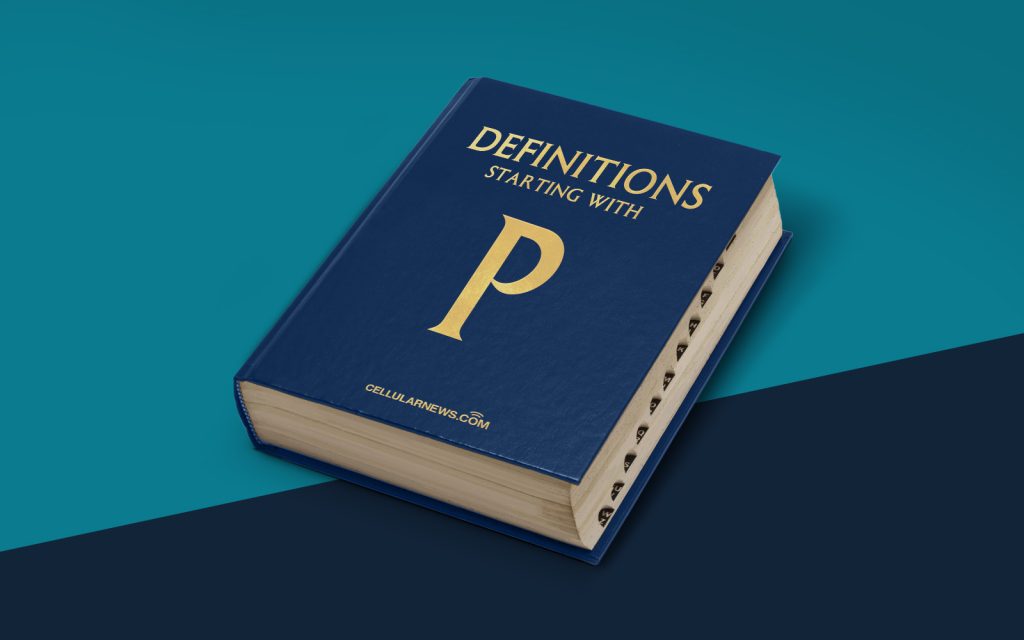
Welcome to the World of Phase Change Memory (PCM)
Are you curious about the cutting-edge technology that is revolutionizing computer memory storage? Look no further! In this article, we will explore the fascinating world of Phase Change Memory (PCM). Brace yourself for an exciting journey! But first, let’s address the burning question on your mind:
Key Takeaways:
- Phase Change Memory (PCM) is a type of non-volatile memory technology that can surpass the capabilities of traditional memory solutions.
- PCM operates by changing the electrical conductivity of a material through heat-induced phase changes, allowing for data storage.
What is Phase Change Memory (PCM)?
Phase Change Memory, also known as PCM, is a type of non-volatile memory technology that has the potential to surpass the capabilities of traditional NAND flash memory. It is considered one of the next-generation storage solutions for digital devices such as smartphones, laptops, and servers. PCM operates by changing the electrical conductivity of a material, typically a chalcogenide glass or an alloy, by applying heat to induce a phase change. This physical transformation enables the storage and retrieval of data. PCM’s ability to switch between two stable solid states, amorphous and crystalline, makes it a fascinating alternative to other memory technologies.
Now that we have a general understanding of what Phase Change Memory is, let’s dive deeper into how PCM works and explore its unique advantages.
How Does Phase Change Memory Work?
Phase Change Memory relies on the principle of phase change, which is the transformation of a material from one state to another. In the case of PCM, these states are referred to as amorphous and crystalline.
- Amorphous State: In the amorphous state, the material’s atoms are disordered, resulting in high electrical resistance. This state represents a binary value of 0.
- Crystalline State: By applying heat, the amorphous material can be transformed into the crystalline state. In this state, the atoms are arranged in an ordered structure, resulting in low electrical resistance. This state represents a binary value of 1.
The process of writing data in PCM involves applying a short electrical pulse to heat the material and change its phase from amorphous to crystalline or vice versa. The electrical resistance of the material is then measured to determine the stored binary value. The stored data can be read by measuring the electrical resistance of the material. This phase change capability allows PCM to store multiple bits of data in a single cell, making it a highly efficient memory technology.
The Advantages of Phase Change Memory
Now that we understand how PCM works, let’s explore its advantages and why it has gained attention in the tech industry:
- Speed: PCM has faster read and write speeds compared to traditional NAND flash memory. Its ability to switch between states quickly enables faster data access and retrieval.
- Endurance: PCM demonstrates excellent endurance by enduring a large number of read and write cycles, making it an ideal solution for applications with high data-write requirements.
- Reliability: PCM exhibits a high level of data retention, even in extreme temperatures. This reliability makes it suitable for long-term storage.
- Scalability: PCM has the potential to scale down to smaller feature sizes, enabling higher storage densities and increased memory capacity in devices.
As with any emerging technology, PCM still faces challenges such as cost and scalability, but ongoing research and development are addressing these issues. With its impressive speed, endurance, reliability, and scalability, Phase Change Memory holds great promise for the future of computing.
There you have it! A glimpse into the world of Phase Change Memory. We hope this article has satisfied your curiosity and given you a better understanding of this exciting technology. Stay tuned for more in-depth articles as we continue to explore the fascinating world of technology!
